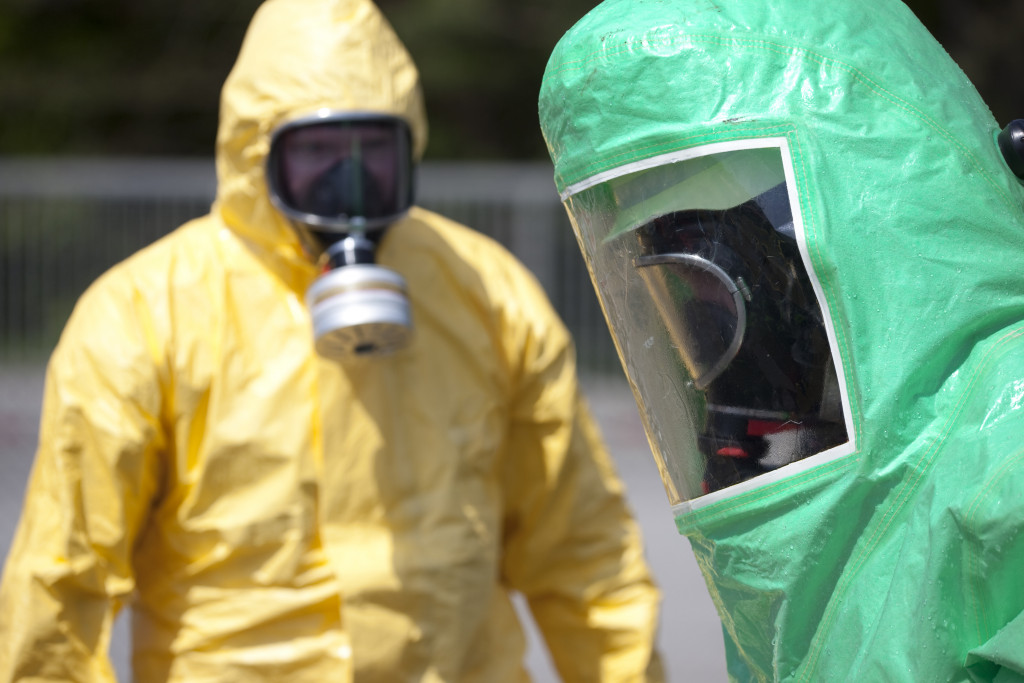You only see it in the news or hear stories about it, but now it’s happened to you. Your family members have COVID-19, and miraculously you don’t. You want to keep yourself safe, but your family needs help. It’s an incredibly foreign circumstance that no one could blame you for not knowing what to do. But what can you do? Here are the things you need to do when a family member has COVID-19:
Don’t panic.
The first thing you should never do upon finding out that a family member has COVID-19 is panic. Even if it could be hard to stay composed in such a miserable situation, take a breath and keep calm. Being in panic mode could lead to bad decisions that end up worsening the situation. Staying calm is crucial, especially if you’re the only one left who’s healthy.
Be encouraging.
In this situation, some family members could be in shock and disbelief. Giving your family members encouraging messages and reassurance could boost their morale and feel stronger. It gives them the willpower they’ll need to battle the deadly virus knowing that they have a support system ready to help them when needed.

Designate isolation rooms.
The first and most important thing to do upon confirmation of a positive COVID-19 test is assigning the rooms where family members could isolate. It’s best to give the infected family members all the available bedrooms while keeping them away from each other. If there aren’t enough bedrooms for the number of family members with COVID-19, utilize different parts of your house as makeshift bedrooms for better isolation.
Isolating each member reduces the spread of the virus. Of course, going out in public is forbidden for now.
Designate a ‘sick’ bathroom.
Another room of concern is the bathroom. Ensure that each infected member of the family has access to individual bathrooms and avoid sharing water cups. If this isn’t possible in your home, sanitize and disinfect the designated bathrooms after every use to prevent the virus from spreading any further.
Help them with their daily needs while keeping your distance.
Make sure your family members stay comfortable. Having a conducive environment to rest and heal could make all the difference on their road to recovery. Give them fresh sheets and blankets as frequently as possible. Help them with food and other requests. However, try to keep your distance when handing things over. Deliver their food to them in trays and leave it in front of their doors, have them pick it up once you’re a good few meters away from their room.
Once family members finish eating, have them leave the tray outside and leave the door closed. It makes it easier for you to retrieve the tray safely. It is crucial to clean the dishes used by sick family members with soap and hot water to kill off any virus or bacteria on its surface. The same applies to their laundry and any other thing they use that you’d handle.
If they’re too sick to get up themselves, you may bring their needs into their room but keep your mask on and tight to stay safe. Additionally, avoid staying longer than necessary in the rooms of sick family members and remind yourself not to touch your face when handling items they’ve used to prevent any more exposure to the virus.
Use your phones.
Take advantage of video calls and instant messaging to communicate safely with all members of the family. Isolating for 14 days could be a drag, and online communication could be their source of human interaction aside from telling you what they need.
It’s okay to ask for help.
Caring for a whole family sick with COVID-19 could be a daunting task, especially with the additional fear of catching it yourself. Don’t be afraid to ask for help. Contact friends and family that could aid you when things get too difficult for you to handle. If they’re willing, there are many ways they could help you without having to set foot inside your home.
Assisting with groceries or acquiring medicine and other supplies for you would be more than enough. It doesn’t have to be family members and friends. There are professionals you can pay for multiple delivery services, providing you with an efficient option.
What to do after they get better?
If family members start feeling better, make sure they’ve completed at least ten days of isolation before leaving their rooms. Once completed, you and your family should conduct a deep and complete cleaning of the whole house. Keep your masks on until you’ve cleaned your home entirely, wipe down all hard surfaces, clean all corners of the bathrooms, vacuum everything, and wash all laundry. Again, some professionals can handle those tasks for you.
If you’re still worried and uncomfortable after the fact, getting the whole family tested afterward will give you peace of mind. You could opt to acquire COVID-19 viral testing from your nearest local urgent care center if you want to avoid large crowds in big hospitals. Call in beforehand to get your family scheduled to avoid delays and prevent being at the facility longer than needed.
It can be tough to be alone in doing everything you can to treat your family. However, it is a situation that almost every one of us should face. There might be a few instances when you want to give up, but knowing that they can recover from possibly the deadliest pandemic in history is a massive achievement.







